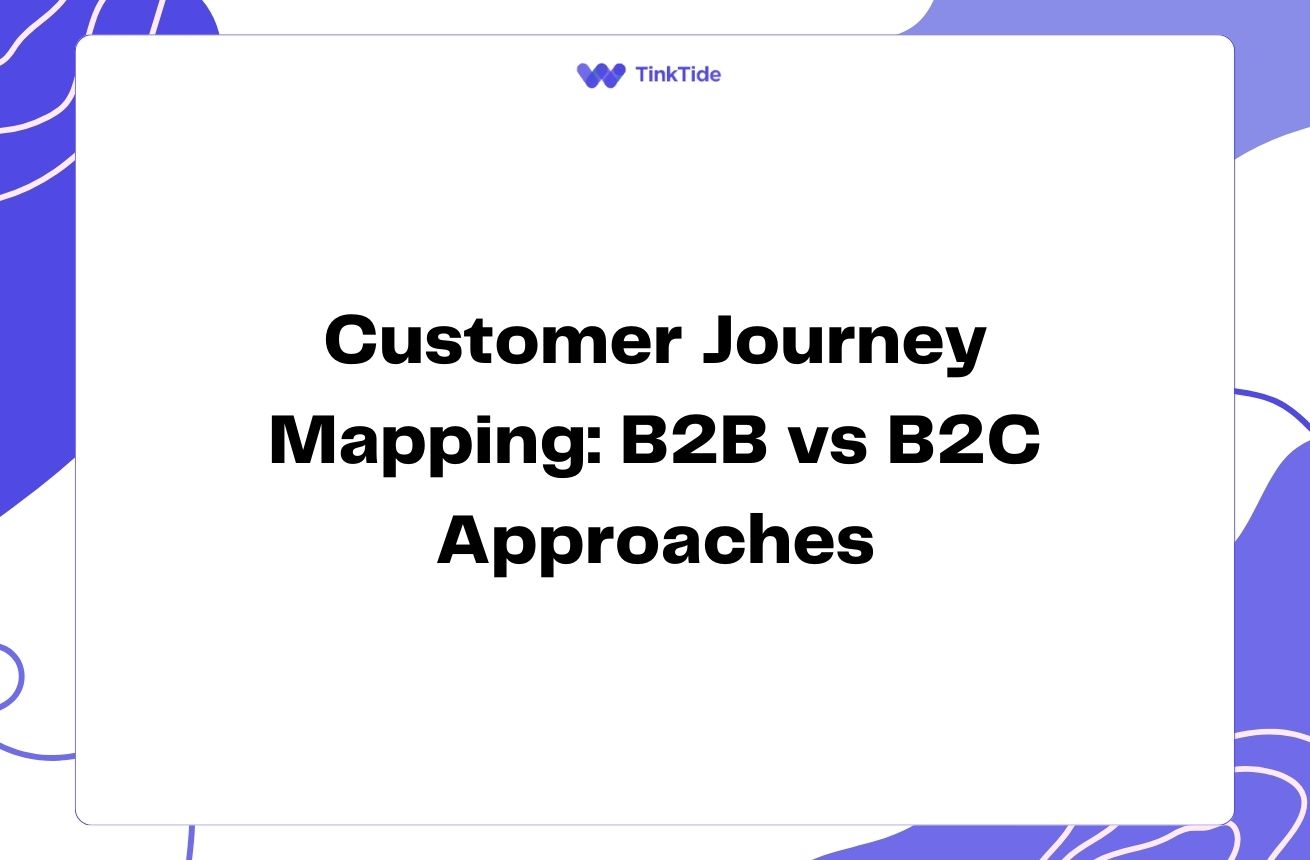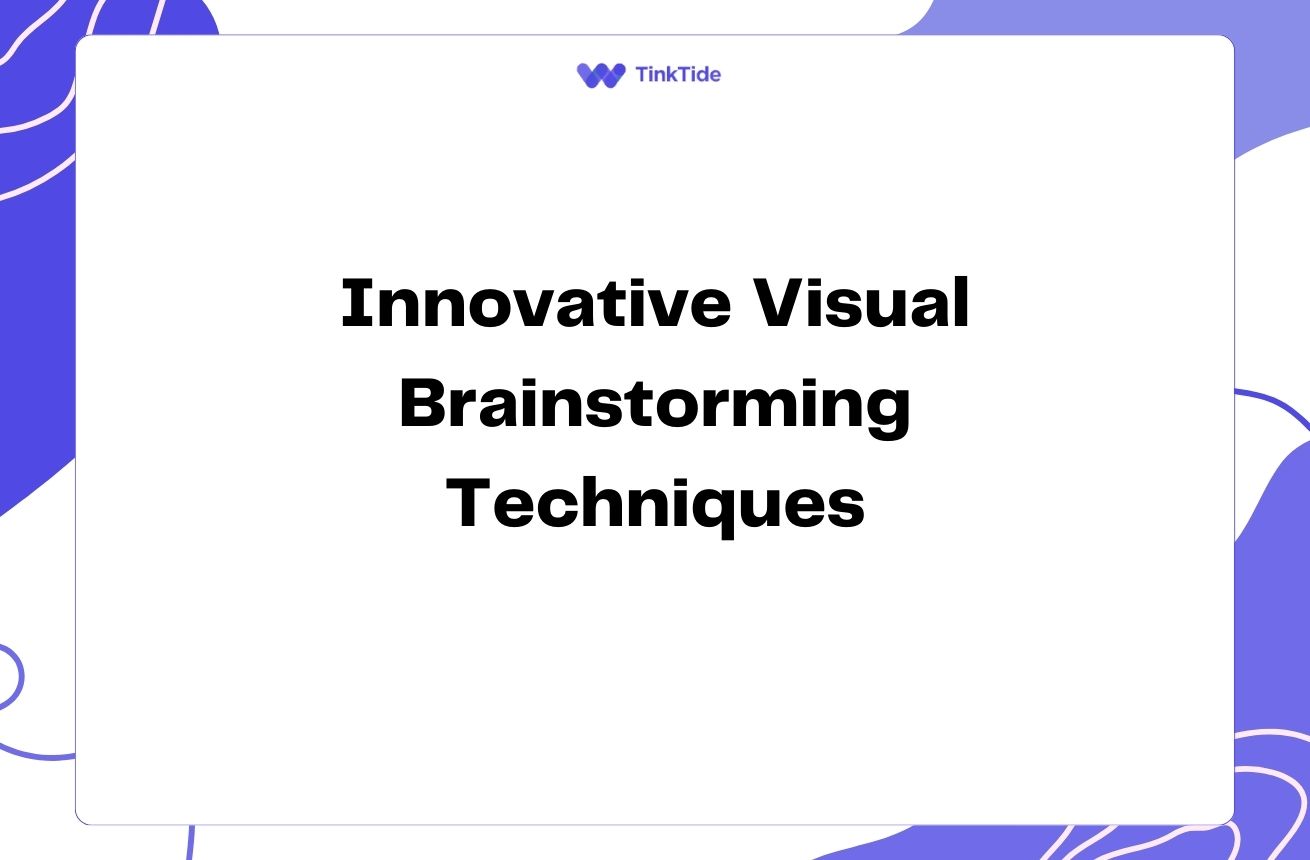Ideation Strategies for Innovative Wearable Tech Products
Understanding the Wearable Tech Landscape
Before diving into ideation strategies, it's crucial to understand the current wearable technology landscape. Wearable tech encompasses a wide range of devices, from smartwatches and fitness trackers to augmented reality glasses and smart clothing. These devices are designed to be worn on the body, seamlessly integrating technology into our daily lives.
The wearable tech market is rapidly evolving, with new innovations emerging regularly. To create truly innovative products, you need to stay informed about the latest trends, technologies, and user needs. This knowledge will serve as a foundation for your ideation process.
Consider the various applications of wearable technology across industries such as healthcare, fitness, fashion, and enterprise. Each sector presents unique opportunities for innovation and improvement in user experience.
By understanding the current state of wearable tech and identifying gaps in the market, you'll be better equipped to generate ideas that address real user needs and push the boundaries of what's possible.
Key Elements of Successful Wearable Tech Products
Before we explore ideation strategies, let's consider the essential elements that make wearable tech products successful:
- Seamless integration with daily life
- Intuitive and user-friendly interfaces
- Comfortable and aesthetically pleasing design
- Reliable and accurate data collection
- Long battery life and energy efficiency
- Robust connectivity and interoperability
User-Centric Ideation Approach
A user-centric approach is crucial when ideating for wearable tech products. Start by identifying specific user pain points or unmet needs in their daily lives. Conduct user research through surveys, interviews, and observation to gain insights into potential areas for improvement.
Create user personas to represent your target audience. These personas should include demographic information, lifestyle habits, technology preferences, and specific challenges they face. Use these personas as a reference point throughout your ideation process.
Empathy mapping is another valuable tool for understanding user needs. Put yourself in the user's shoes and consider what they think, feel, say, and do in various situations. This exercise can help you identify opportunities for wearable tech solutions that truly resonate with users.
Remember that successful wearable tech products often solve problems users didn't even know they had. Look for ways to simplify tasks, enhance experiences, or provide valuable insights that users might not have considered before.
Collaborative Brainstorming Techniques
Collaborative brainstorming can be a powerful way to generate innovative ideas for wearable tech products. Bring together a diverse team of designers, engineers, marketers, and potential users to leverage different perspectives and expertise.
Use techniques like mind mapping to visually organize ideas and explore connections between different concepts. Start with a central theme, such as 'wearable health monitoring,' and branch out into subtopics and potential features.
The 'What If' technique can help push the boundaries of conventional thinking. Encourage team members to ask questions like 'What if a wearable device could predict health issues before they occur?' or 'What if clothing could adapt to environmental conditions automatically?'
Consider using the SCAMPER method (Substitute, Combine, Adapt, Modify, Put to another use, Eliminate, Reverse) to generate ideas by modifying existing wearable tech concepts. This approach can lead to unique and innovative solutions.
Trend Analysis and Future Forecasting
Stay ahead of the curve by analyzing current trends and forecasting future developments in wearable technology. Follow industry publications, attend tech conferences, and monitor emerging startups to identify potential opportunities for innovation.
Consider how advancements in related fields like artificial intelligence, Internet of Things (IoT), and nanotechnology could impact wearable tech. These technologies can open up new possibilities for creating more intelligent, connected, and capable wearable devices.
Look beyond the tech industry for inspiration. Fashion trends, lifestyle changes, and societal shifts can all influence the direction of wearable technology. Consider how these factors might shape user needs and preferences in the future.
Use scenario planning to envision different possible futures and how wearable tech might evolve to meet changing user needs. This exercise can help you identify potential opportunities and challenges in advance.
Prototyping and Iteration Process
Once you've generated a pool of ideas, it's time to start prototyping and iterating. Follow these steps to refine your concepts:
- Step 1: Create low-fidelity prototypes to visualize your ideas quickly
- Step 2: Gather feedback from potential users and stakeholders
- Step 3: Refine and iterate based on the feedback received
- Step 4: Develop higher-fidelity prototypes for more detailed testing
- Step 5: Conduct usability testing to identify areas for improvement
Ethical Considerations in Wearable Tech Ideation
As you ideate and develop wearable tech products, it's crucial to consider the ethical implications of your innovations. Privacy concerns are particularly relevant in wearable technology, as these devices often collect sensitive personal data.
Consider how your product ideas might impact user privacy and data security. Brainstorm ways to build privacy protection and user control into the core design of your wearable tech concepts.
Think about the potential unintended consequences of your ideas. Could your wearable tech solution inadvertently exacerbate existing social issues or create new ones? Addressing these concerns early in the ideation process can lead to more responsible and sustainable innovations.
Inclusivity is another important ethical consideration. Ensure that your ideation process considers the needs of diverse user groups, including those with disabilities or from different cultural backgrounds.
Address common questions
Here are some frequently asked questions about ideation strategies for wearable technology:
How can I ensure my wearable tech idea is truly innovative?
To ensure innovation, stay informed about current trends, focus on solving real user problems, and think beyond existing solutions. Consider combining technologies in novel ways or applying wearable tech to new contexts. Regularly challenge your assumptions and seek diverse perspectives to push your ideas further.
What role does user feedback play in the ideation process?
User feedback is crucial throughout the ideation process. It helps validate your assumptions, uncover hidden needs, and refine your ideas. Incorporate user testing and feedback loops early and often to ensure your wearable tech concepts truly resonate with your target audience.
How can I balance functionality and aesthetics in wearable tech ideation?
Striking a balance between functionality and aesthetics is key for wearable tech. Consider collaborating with fashion designers or industrial designers during ideation. Think about how your product will integrate with users' personal style and daily life. Explore materials and form factors that can enhance both the device's functionality and its visual appeal.
What are some common pitfalls to avoid when ideating for wearable tech?
Common pitfalls include focusing too much on technology without considering user needs, overlooking comfort and wearability, ignoring battery life constraints, and failing to consider data privacy and security from the start. Always keep the user experience at the forefront of your ideation process.
How can I incorporate sustainability into my wearable tech ideas?
Consider sustainability throughout your ideation process. Brainstorm ideas for using eco-friendly materials, designing for longevity and repairability, and incorporating energy-efficient technologies. Think about how your wearable tech concept could promote sustainable behaviors or contribute to environmental monitoring and conservation efforts.
Provide additional resources
Wearable Technologies Journal
Academic journal focusing on wearable technology research and innovations
IDEO Design Thinking
Resources and tools for human-centered design and ideation
Wearable Technologies Conference
Annual conference showcasing the latest in wearable tech innovations
MIT Media Lab Wearable Computing
Research group exploring the future of wearable and ubiquitous computing
Wareable
News and reviews website dedicated to wearable technology
Summarize key takeaways
Ideating for innovative wearable technology products requires a multifaceted approach that combines user-centric design, collaborative brainstorming, trend analysis, and ethical considerations. By focusing on solving real user problems and pushing the boundaries of what's possible, you can create wearable tech solutions that truly enhance the user experience.
Remember that successful ideation is an iterative process. Don't be afraid to experiment, prototype, and refine your ideas based on feedback and new insights. Stay curious, keep learning about emerging technologies, and always put the user at the center of your ideation efforts.
As you embark on your wearable tech ideation journey, challenge yourself to think beyond incremental improvements. Strive to create products that not only meet current needs but also anticipate and shape the future of human-technology interaction.
Ready to Turn Your Wearable Tech Ideas into Reality?
Start your journey towards creating innovative wearable technology products with our powerful ideation tools and resources.
Start Your Free Trial

